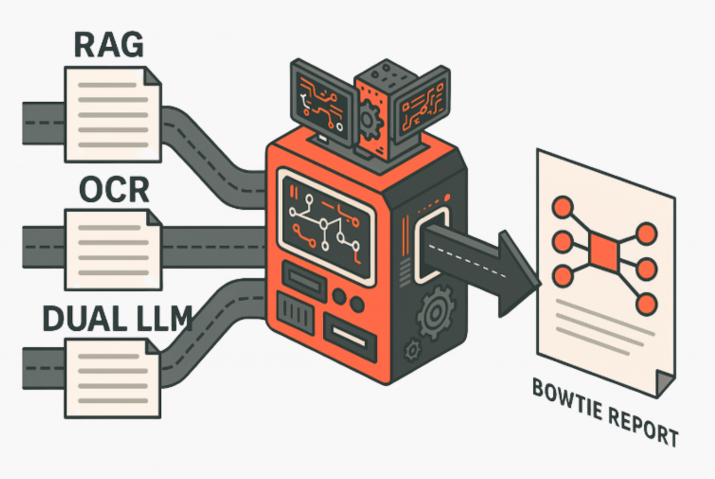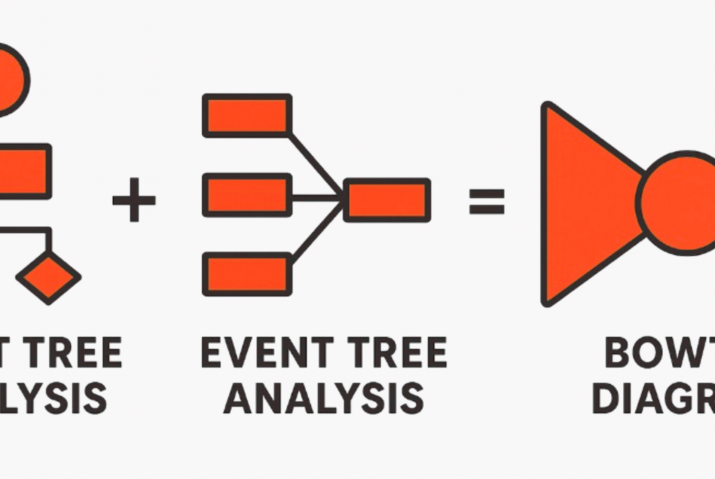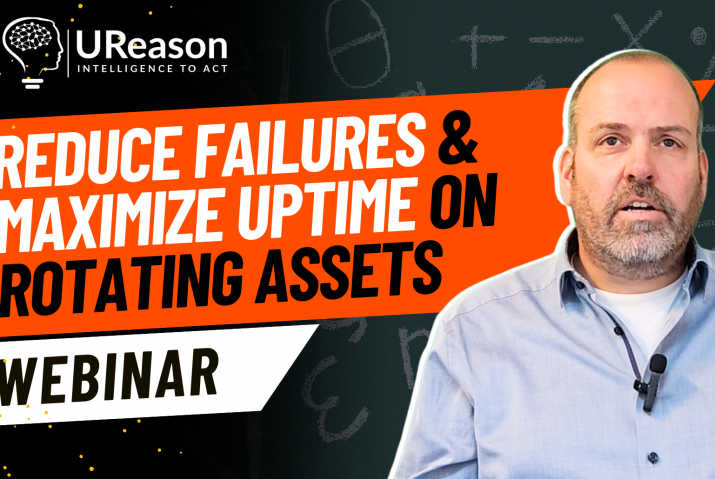Control valves can experience several failure modes/mechanisms that can impact their performance and, in turn, affect the overall process. Some of the common control valve failure modes are:
1. Sticking or Binding
One of the most common failure modes is when the valve stem or actuator becomes stuck or binds. This can prevent the valve from moving as intended, resulting in improper flow control.
2. Leakage
Valve leakage can occur in several ways, including seat leakage (fluid passing through the closed valve), stem leakage, or body leakage (fluid leaking from the valve body). Leaks can compromise the efficiency and safety of the process.
3. Cavitation
Cavitation occurs when the pressure drops below the vapor pressure of the fluid, leading to the formation and collapse of vapor bubbles. This can cause erosion and damage to valve components, leading to reduced performance and potentially catastrophic failure.
4. Erosion and Corrosion
The flow of abrasive or corrosive fluids through a control valve can lead to erosion and corrosion of valve internals, causing damage over time and impacting the valve’s ability to control flow accurately.
5. Clogging
Particles or debris in the fluid can accumulate in the valve, leading to clogging and obstructing the flow path. This can affect the valve’s ability to control flow and may require cleaning or maintenance.
6. Actuator Failure
The actuator, which controls the valve’s position, can fail due to electrical or mechanical issues. Actuator failures can result in the valve being stuck in one position or not responding to control signals. More on actuator failures in this blog series later!

7. Instrumentation or Control System Failure
Control valves rely on instrumentation and control systems to operate correctly. Failures in these systems, such as sensor malfunctions or controller failures, can lead to improper valve operation.
8. Seat and Seal Wear
Over time, the seals and seats in a control valve can wear out, leading to increased leakage and decreased control accuracy.
9. Vibration and Noise
Excessive vibration or noise during valve operation can indicate mechanical issues, such as misalignment, loose components, or structural problems.
10. Stem or Disk Fracture
In extreme cases, the valve stem or disk may fracture or break, leading to complete valve failure and the need for immediate replacement.
11. Inadequate Response Time
Some control valves may not respond quickly enough to changes in the control signal, leading to lag in process control and potential instability.
12. Seal or Gasket Failure
The seals and gaskets used in valve connections can deteriorate or fail, leading to leaks and potential process disruptions.
Up Next: Failure Modes of Pneumatic Actuators
Get Full Access to Expert FMEA Insights
A structured approach to analyzing risks and ensuring better valve performance.








